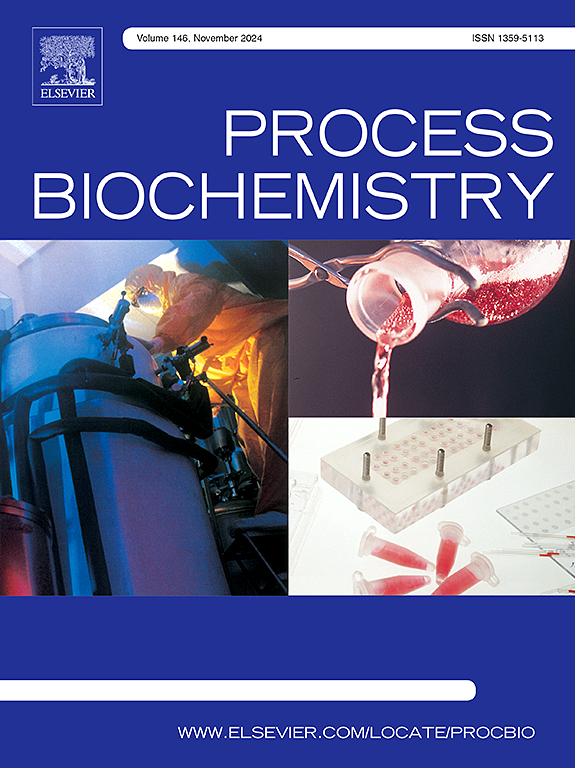整合废物管理与生物聚合物创新:黄原胶生产的新前沿
IF 3.7
3区 生物学
Q2 BIOCHEMISTRY & MOLECULAR BIOLOGY
引用次数: 0
摘要
黄原胶是一种生物聚合物,由于其多样的流变性能,在各个行业都有广泛的应用。黄原胶生产的一个关键挑战是成本高,主要是由葡萄糖的费用驱动的,葡萄糖占生产材料成本的70% %,作为主要碳源。因此,人们越来越有兴趣寻找具有成本效益和无害环境的替代办法。然而,用这些替代原料生产黄原胶面临着各种技术挑战。因此,本综述整理了利用食品和农业工业废物作为替代碳源的最新发现,为废物管理和成本挑战提供了一种新颖和可持续的解决方案。首次揭示了废物增值,发酵优化和性能变化之间的跨学科联系,展示了与传统技术生产的胶相比,废物底物如何影响所获得的黄原胶的性能。这些胶的产率和热稳定性符合商业标准,但它们的结构和功能特性可能会有所不同,这表明需要进行质量控制。此外,用废糖代替精制糖可使原料成本降低60 - 70% %。这种方法解决了黄原胶工业中的废物管理问题和绿色生产战略。本文章由计算机程序翻译,如有差异,请以英文原文为准。
Integrating waste management with biopolymer innovation: A new frontier in xanthan gum production
Xanthan gum, is a biopolymer with extensive applications across various industries due to its versatile rheological properties. A critical challenge in xanthan production is the high cost, primarily driven by the expense of glucose, which accounts for about 70 % of the cost of production materials as the primary carbon source. Consequently, there is a growing interest in the search for cost-effective and environmentally friendly alternatives. Nevertheless, xanthan produced from these alternative raw materials comes with various technical challenges. This review therefore collates the recent findings in the use of food and agro-industrial waste as alternative carbon sources, offering a novel and sustainable solution to wastes management and cost challenge. For the first time, interdisciplinary connections between waste valorization, fermentation optimization, and changes in properties are revealed, showcasing how waste substrates can influence the properties of the obtained xanthan gum compared to gum produced by classical technology. Revealed yields and thermal stability of such gums match commercial standards, while their structure and functional properties may vary, indicating the need for quality control. Also, substituting refined sugars with waste reduced raw material costs by 60–70 %. This approach addresses waste management issues and greener production strategies in the xanthan industry.
求助全文
通过发布文献求助,成功后即可免费获取论文全文。
去求助
来源期刊

Process Biochemistry
生物-工程:化工
CiteScore
8.30
自引率
4.50%
发文量
374
审稿时长
53 days
期刊介绍:
Process Biochemistry is an application-orientated research journal devoted to reporting advances with originality and novelty, in the science and technology of the processes involving bioactive molecules and living organisms. These processes concern the production of useful metabolites or materials, or the removal of toxic compounds using tools and methods of current biology and engineering. Its main areas of interest include novel bioprocesses and enabling technologies (such as nanobiotechnology, tissue engineering, directed evolution, metabolic engineering, systems biology, and synthetic biology) applicable in food (nutraceutical), healthcare (medical, pharmaceutical, cosmetic), energy (biofuels), environmental, and biorefinery industries and their underlying biological and engineering principles.
 求助内容:
求助内容: 应助结果提醒方式:
应助结果提醒方式:


